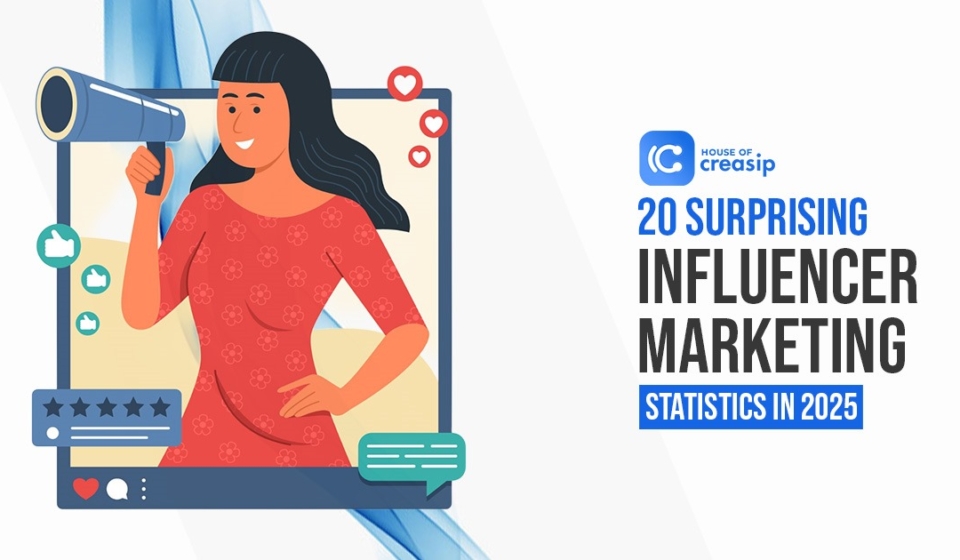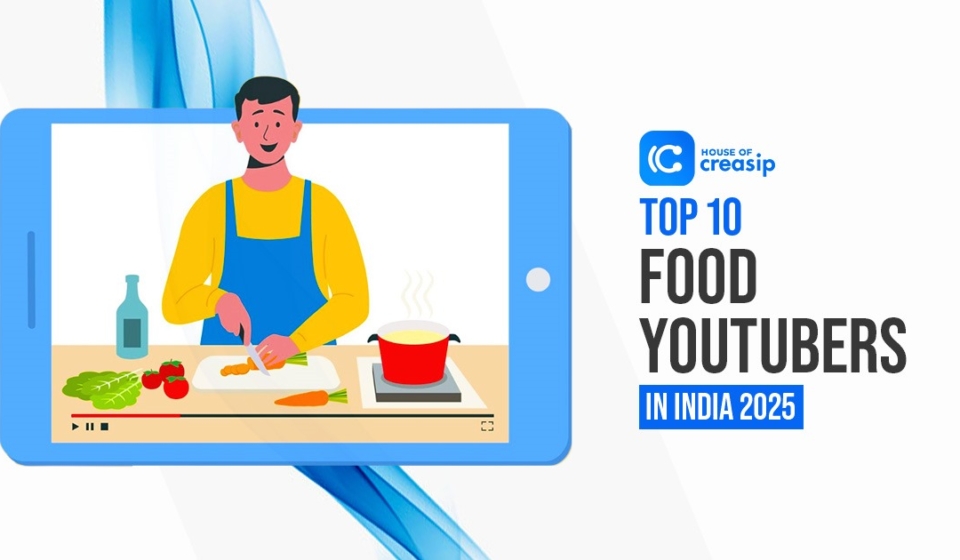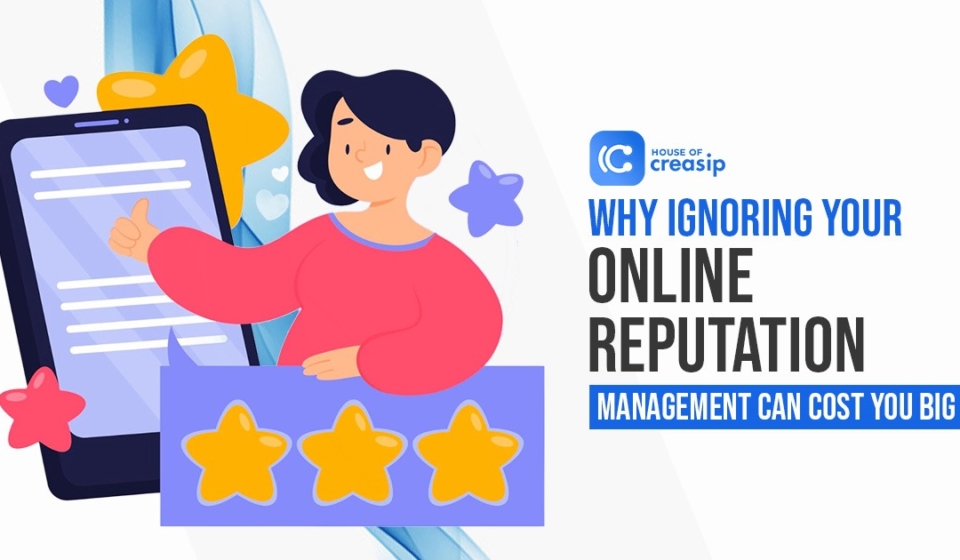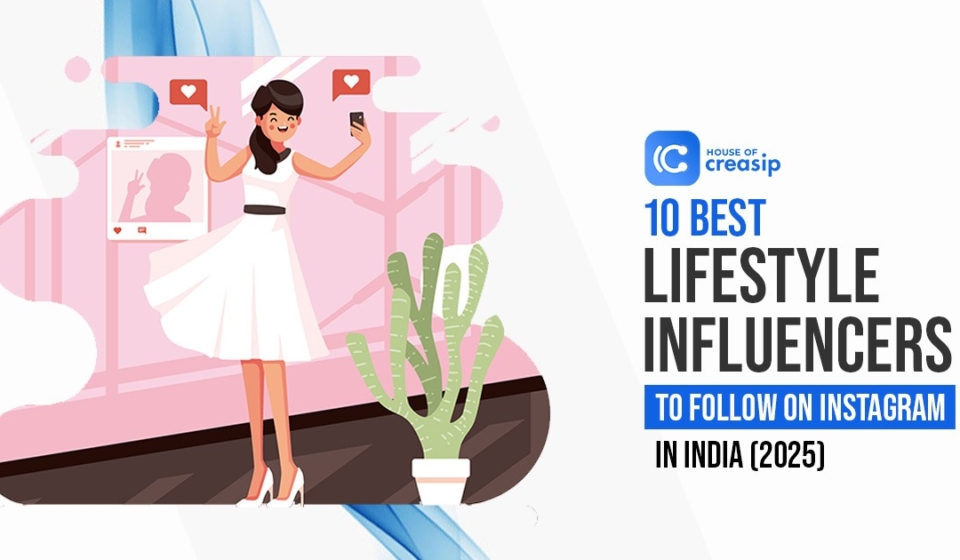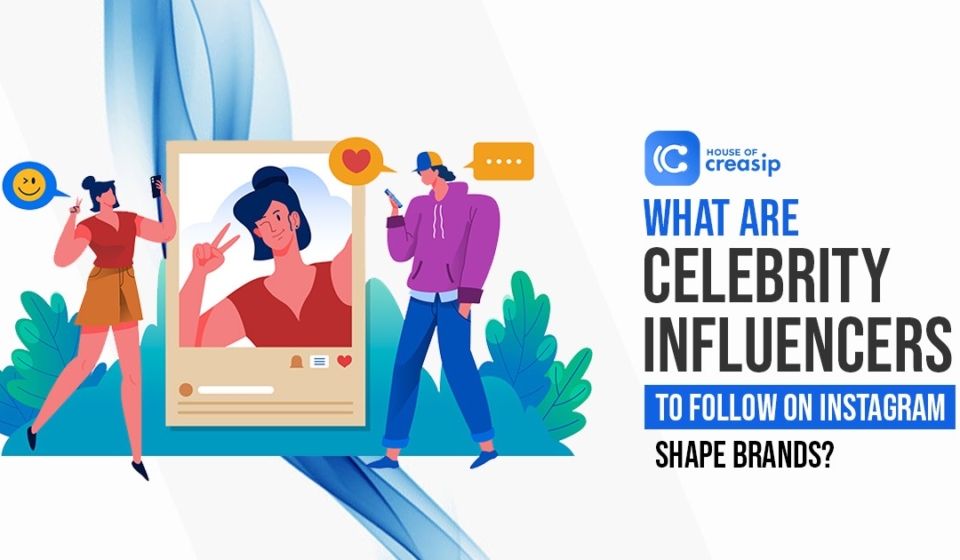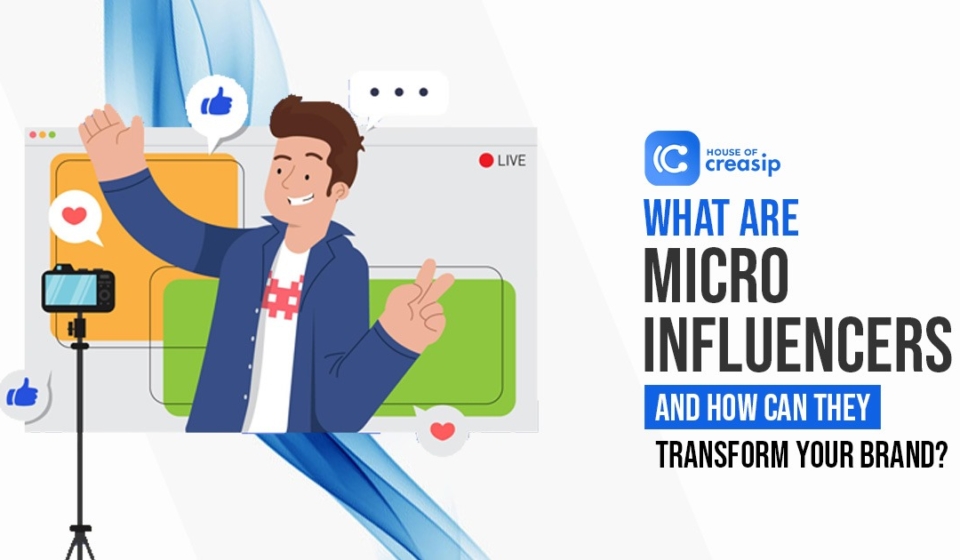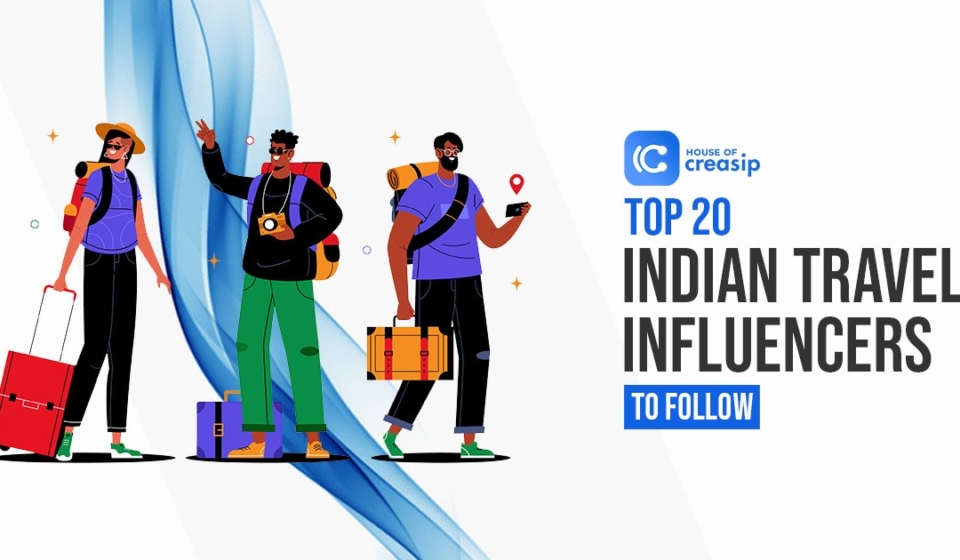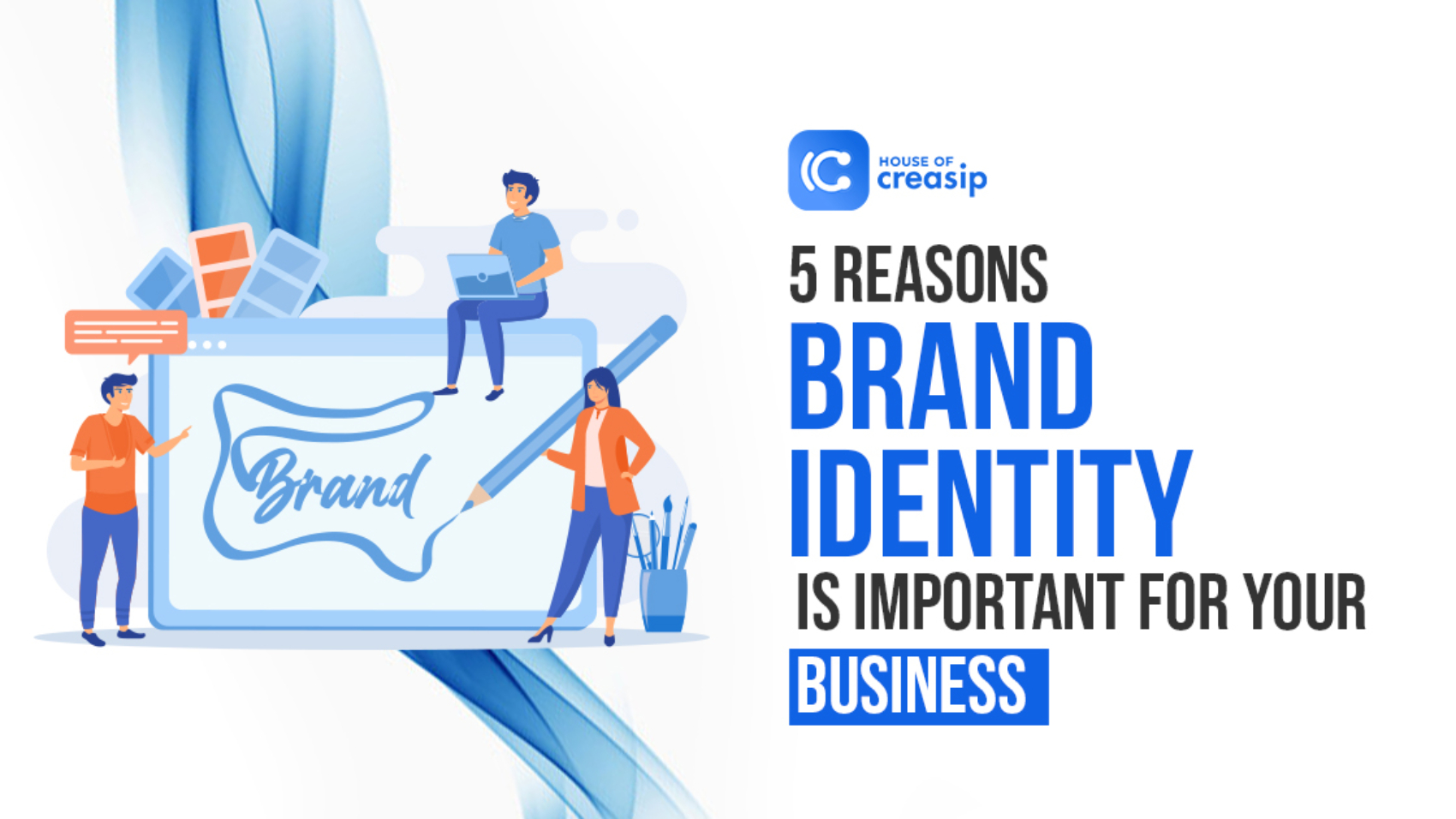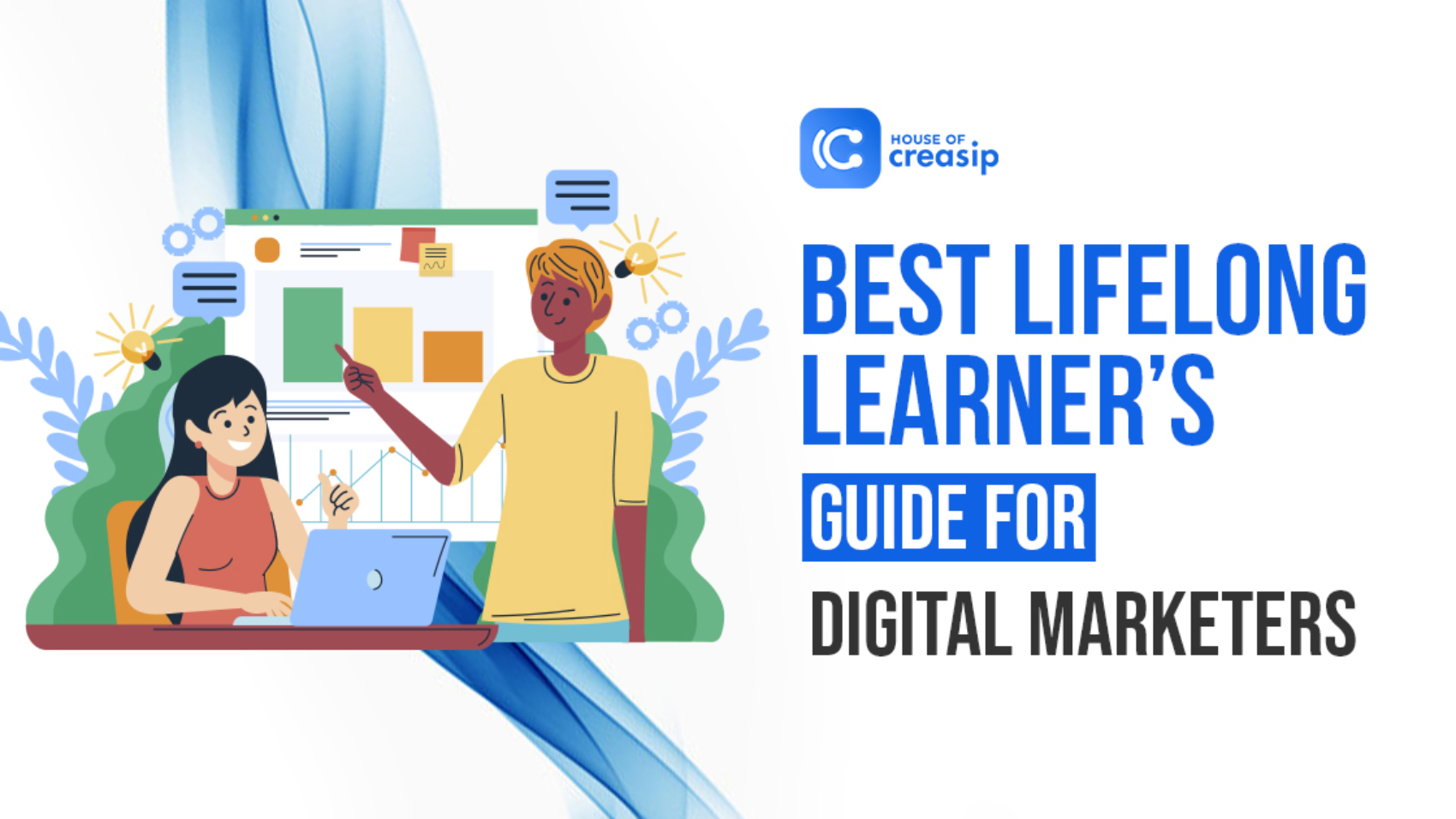Brand Identity: What It Is and Why It Matters
In today’s competitive marketplace, having a strong brand identity is crucial for businesses aiming to stand out and connect with their customers. Brand identity encompasses the visible elements of a brand, such as its logo, design, and color scheme, as well as the emotions and perceptions it evokes in the minds of consumers.
Essentially, it is the personality of a brand, reflecting its values, mission, and what it stands for. In this blog, we will explore the components of brand identity, its significance, and how businesses can effectively develop and maintain a powerful brand identity.
Components of Brand Identity
Brand identity includes logo, color scheme, typography, brand voice, imagery, and overall design style. It reflects a brand’s personality, values, and promise, helping create a consistent, memorable image that resonates with the target audience across all platforms.
A. Visual Elements
The visual elements of brand identity are often the first point of contact between a brand and its audience. These elements include:
- Logo: A logo serves as the face of the brand. It is the visual symbol that represents the brand’s essence. A well-designed logo should be memorable and reflect the brand’s personality.
- Color Palette: Colors have psychological implications and can influence customer perceptions. For instance, blue often evokes trust, while red can create a sense of urgency. Choosing the right color palette is essential for conveying the desired message and emotions.
- Typography: The fonts used in branding materials also contribute to brand identity. Different fonts can evoke different feelings; for example, a serif font may convey tradition and reliability, while a sans-serif font may feel modern and clean.
B. Verbal Elements
While visual elements grab attention, verbal elements are essential for conveying the brand’s message and values. They include:
- Brand Name: The name of a brand should be unique, easy to remember, and reflective of its values or mission.
- Tagline: A catchy tagline summarizes the brand’s essence in a few words. It should resonate with the target audience and encapsulate what the brand stands for.
- Messaging: The language and tone used in communications—whether in advertising, social media, or customer service—play a crucial role in shaping brand identity. Consistency in messaging helps reinforce brand recognition.
C. Emotional Elements
Brand identity goes beyond visuals and words; it encompasses the emotional connection consumers have with a brand. Key emotional elements include:
- Brand Personality: This refers to the human traits attributed to a brand. For example, a luxury jewelry brand might be seen as sophisticated and elegant, while a casual clothing brand might be perceived as fun and approachable.
- Values and Mission: A brand’s core values and mission statement guide its actions and communications. Brands that align their practices with their stated values can foster stronger emotional connections with their customers.
Importance of Brand Identity
A. Differentiation
In a crowded marketplace, having a unique brand identity helps businesses stand out. A well-defined identity sets a brand apart from competitors, making it easier for consumers to choose it over others. For example, a jewelry brand that focuses on sustainable materials and ethical sourcing can attract environmentally conscious consumers, differentiating itself in a market saturated with fast fashion.
B. Trust and Credibility
A strong brand identity builds trust and credibility among consumers. When customers can recognize a brand and are familiar with its values and mission, they are more likely to perceive it as reliable and trustworthy. Consistency in branding across all touchpoints—from packaging to customer service—reinforces this trust.
C. Customer Loyalty
Brand identity plays a significant role in fostering customer loyalty. When consumers feel an emotional connection to a brand, they are more likely to become repeat customers and advocates. A jewelry brand that resonates with customers’ values and aesthetics can cultivate a loyal customer base, leading to long-term success.
How to Develop a Strong Brand Identity
To develop a strong brand identity, define your mission, values, and target audience. Create a unique logo, consistent visual style, and brand voice. Align all messaging and customer experiences to reflect your brand’s personality and purpose clearly.
A. Research and Strategy
Before diving into the creative aspects of brand identity, businesses should conduct thorough research to understand their target audience. This involves identifying customer demographics, preferences, and behaviors. By gaining insights into what resonates with potential customers, brands can craft an identity that aligns with their interests.
B. Consistency Across All Platforms
Once the brand identity is established, consistency is key. All communications, from social media posts to packaging, should reflect the same visual and verbal elements. This consistency helps reinforce brand recognition and ensures that consumers receive a cohesive experience, no matter where they encounter the brand.
C. Adaptability
While consistency is crucial, brands must also be adaptable. Market trends, consumer preferences, and societal values evolve over time. Brands should regularly evaluate their identity to ensure it remains relevant. This may involve refreshing the logo, updating messaging, or even redefining values to align with contemporary issues.
Read also: Why Reviews and Testimonials Are Key to Online Reputation Management Success?
Conclusion
In summary, brand identity is more than just a logo or a catchy tagline; it is the essence of what a brand represents. From visual and verbal elements to emotional connections, brand identity plays a vital role in differentiating a business, building trust, and fostering customer loyalty. Investing in a strong brand identity is essential for any business looking to thrive in today’s competitive landscape. By conducting research, ensuring consistency, and remaining adaptable, brands can create an identity that resonates with their audience and stands the test of time.



